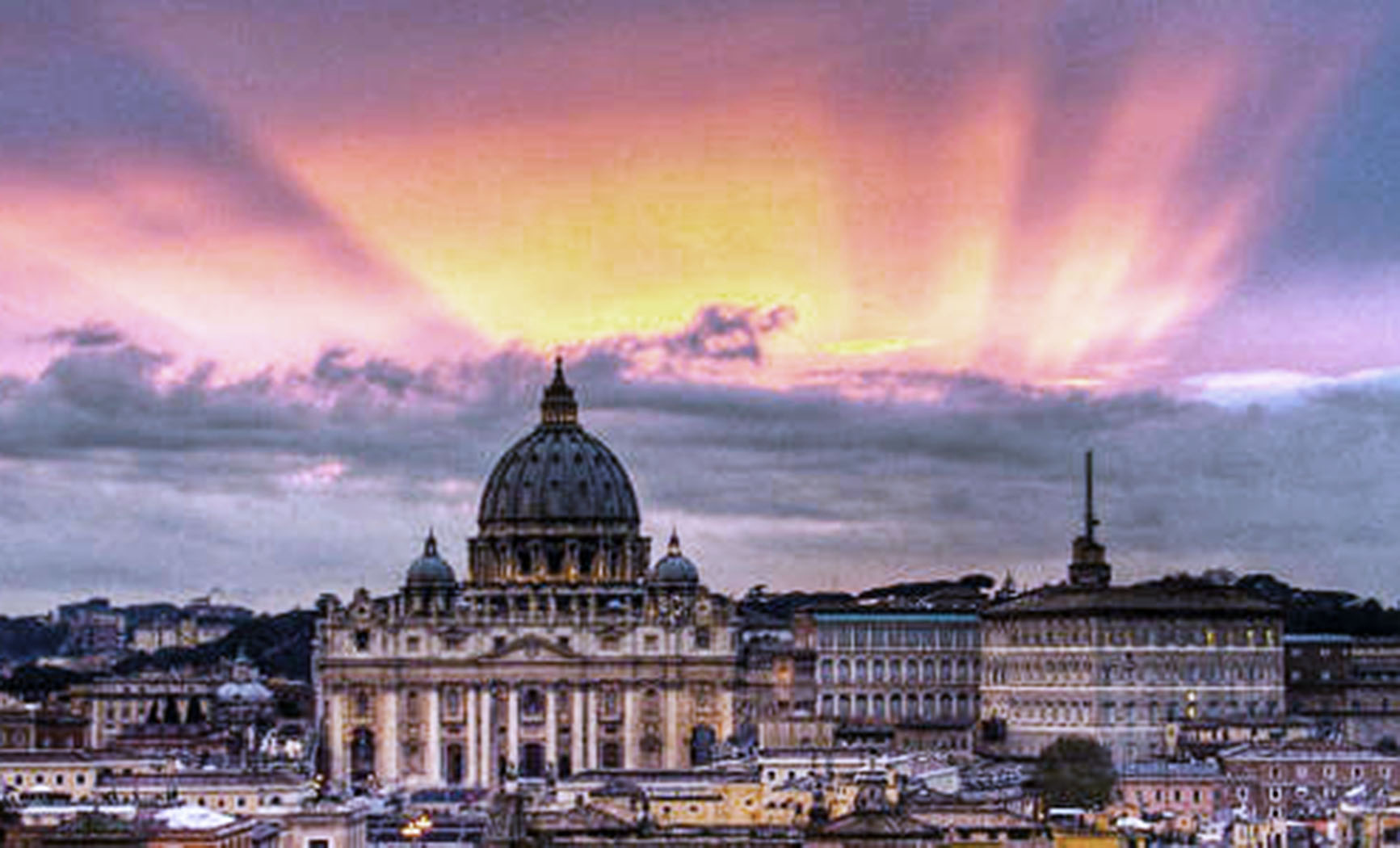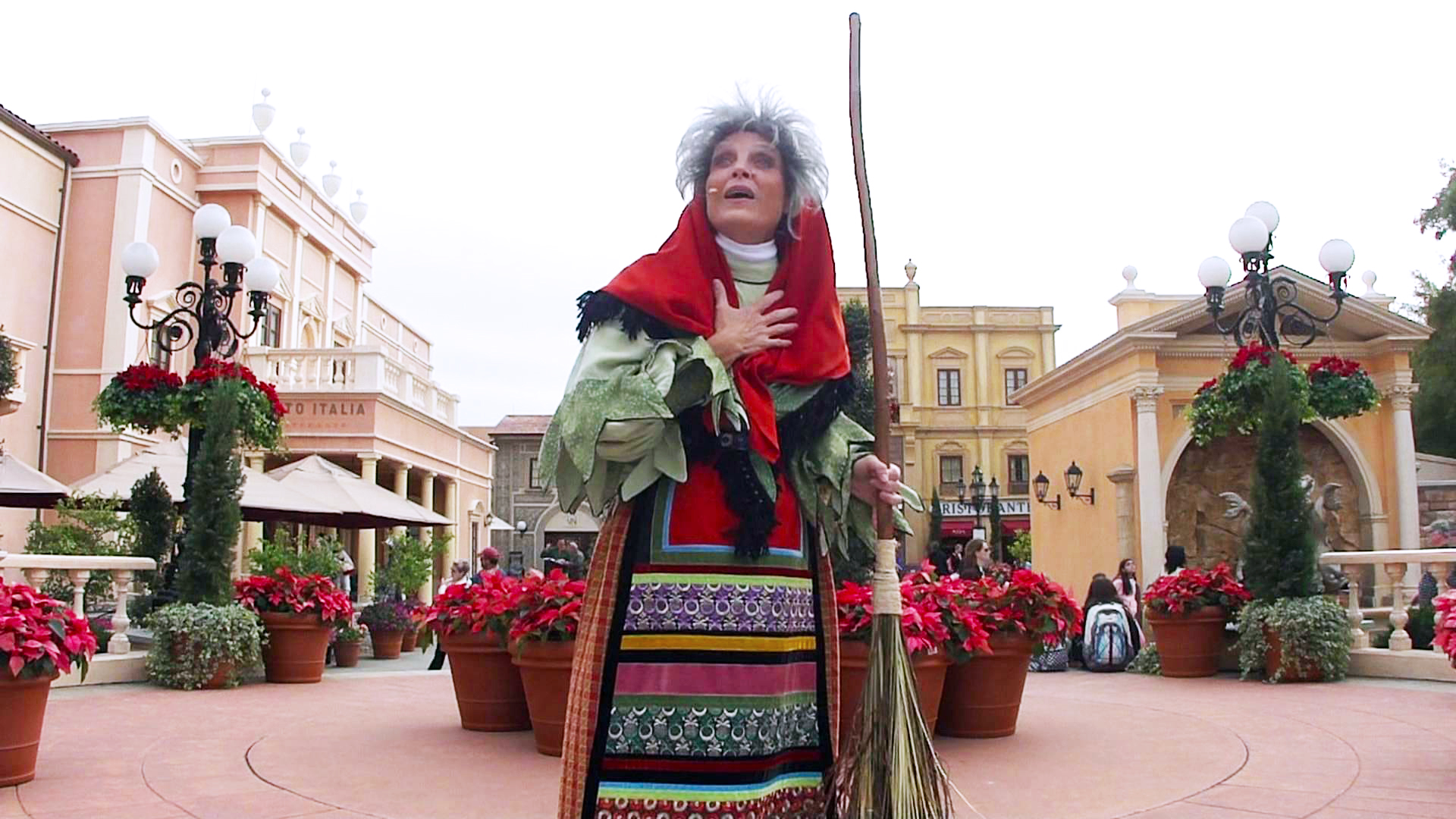The culmination of Holy Week processions is the celebration of Domenica di Pasqua – Easter Sunday. It is a time when Italians rejoice after the solemn period of Lent and celebrate the Resurrection of Christ and the season of rebirth. If you’re lucky enough to be in Italy for Easter, you won’t find Easter egg hunts, but the holiday is second only to Christmas in its importance for Italians. While the days leading up to Easter in Italy include solemn processions and Masses, Pasqua is a joyous celebration marked with rituals and traditions. La Pasquetta, little Easter on the Monday following Easter, is also a public holiday throughout Italy. Below are some Easter Sunday festivals occurring throughout Italy to mark this blissful time of year.
Rome
Rome is the top Italian destination for Easter week primarily because of the events led by Pope Francis in Vatican City and Rome. Easter Sunday Holy Mass is held by the Pope in Saint Peter’s Square, usually starting at 10:15 am. The square can hold up to 80,000 people and it will be filled to capacity on Easter morning. The Mass is free to attend, but tickets are required and must be requested months in advance through the Papal Audience website. Even with tickets, your place on the square is not guaranteed, so you need to arrive early and expect to wait, standing, for several hours.
At noon, the Pope gives the Easter message and blessing called Urbi et Orbi from the balcony of Saint Peter’s Basilica. Attendance here is free but only those who arrive early will have a chance of getting close.
Tuscany
According to legend, when Florentine Knight Pazzino di Ranieri de’ Pazzi planted the banner of the Holy Cross on Jerusalem’s battlements during the First Crusade in 1096, he received some fragments of the Holy Sepulcher of Christ as a reward. On his return to Florence in 1101, the stones were used to start the sacred fire on Easter Saturday. As the years passed, the sacred fire was transported on a cart throughout the streets of Florence. In contemporary times on Easter Sunday morning, a large wagon pulled by white oxen forms a procession through Florence’s city center arriving at the front of the Cathedral of Santa Maria del Fiore. There the fire ignites a fuse attached to a dove-shaped rocket holding an olive branch in its beak and the dove shoots down a wire extended from the cathedral choir to the cart. It sets off a series of explosions to blow up the cart laden with fireworks in an event known as Scoppio Del Carro, the Explosion of the Cart. Yes, Italians LOVE fireworks.
Abruzzo
The town of Sulmona in the Peligna Valley marks Easter Sunday with La Madonna che Scappa or the Running Madonna. This ceremony has taken place since the 11th century, organized by the Santa Maria di Loreto Brotherhood, whose male members, the lauretani, wear a white tunic with a shiny green cape to symbolize purity and hope. A procession sets out at 11:00 am from the medieval Church of Santa Maria della Tomba bearing the statues of the Risen Christ, Saint John and Saint Peter. The lauretani carry the statues to the Chiesa di San Filippo Neri to announce the news of the Resurrection to the mourning Madonna of Loreto. At first she refuses, yet after three attempts she finally comes out of the church, held up by six lauretani. The Madonna, fully dressed in black, travels slowly into the main piazza. Suddenly, she sees her re-born son and with a loud bang her mourning cloak is whipped away to reveal her bright green dress symbolizing new life. Twelve doves break free that are held under her cloak and fireworks explode as the lauretani dash and she appears to fly joyously to embrace her son waiting at the end of the piazza. Bells ring, fireworks are set off, the band plays and the crowd excitedly embraces the ceremonies. Ancient folklore attached to this event states that if the mourning coat falls off correctly and the doves fly high, it will be a bountiful year for their crops.
Sicily
On Easter Sunday morning, in the small Sicilian town of Prizzi near Palermo, two locals wear gruesome red metal masks and red robes to disguise themselves as devils, joined by another masked local dressed in yellow representing death in a ritual that dates to medieval times. They walk through the town offering money and sweets to tempt as many people as possible and transport their souls to hell. However, their plans are thwarted in the early afternoon when they encounter statues of the Virgin Mary and the Risen Christ in a procession escorted by two angels holding swords. The meeting between good and evil is known as “Abballu Di Li Diavuli” or the “Dance of the Devils” because the devils dance around to avoid meeting the Christ and the Virgin. Good triumphs over evil when the statues of the Virgin and Christ meet and the angels defeat the devils.
In Piana degli Albanesi, locals celebrate Easter by dressing in elegant 15th century costumes and passing out red Easter eggs to bystanders.
In the province of Enna, the town of Aidone, Sicily, has a fascinating Easter celebration. At 11:00 am, the search to find the risen Christ has half of the town surrounding a statue of the Blessed Mother, while the other half of the crowd blocks their view of the statue of Jesus. Twelve representatives dressed as saints move through the town to aid Mary in the search for her son. At the stroke of noon, in a triumph of bells and fireworks, the meeting of Madonna and Christ takes place. Mary’s black veil is pulled away and the two statues bow to one another. The procession ends when the two statues are brought together and carried back to the church.
On Easter Sunday morning in the town of Modica in southeast Sicily, there are two processions. One set of bearers carry a statue of the Risen Christ and the other one of the Virgin Mary clad in black. They are carried around the town’s main street, Corso Umberto, until they meet. The Holy Mother then casts off her black robes to reveal a celestial blue cloak and red dress. Her arms move from her side to open in embrace; as she leans forward she plants two kisses, Italian style – in Sicilian dialect the ‘Vasa Vasa’ – to the sound of a brass band, church bells and fireworks. The Virgin is overcome with joy and confetti bursts forth from her golden crown. Doves are released in the air as a symbol of peace.





